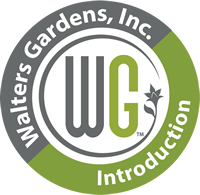Monarda 'Electric Neon Pink' PP30347
Electric Neon Series

Common Name: Bee Balm
It's electric! That's what you might think when you look at the fabulous color of this interspecific hybrid of Bee Balm. Intense, dark neon pink flowers are produced above an upright mound of glossy, dark green foliage. The large, 3" flowers practically glow, lightening slightly for a two tone effect. Look for more bright and intense colors in the future!
Monarda is native to eastern North America, so it is easy to grow and it multiplies quickly. The flowers' sweet nectar attracts scores of hummingbirds, butterflies, and bees to the garden. The aromatic foliage smells like mint when crushed and is often used to flavor teas.
20ct Plug Tray |
72ct Plug Tray |












